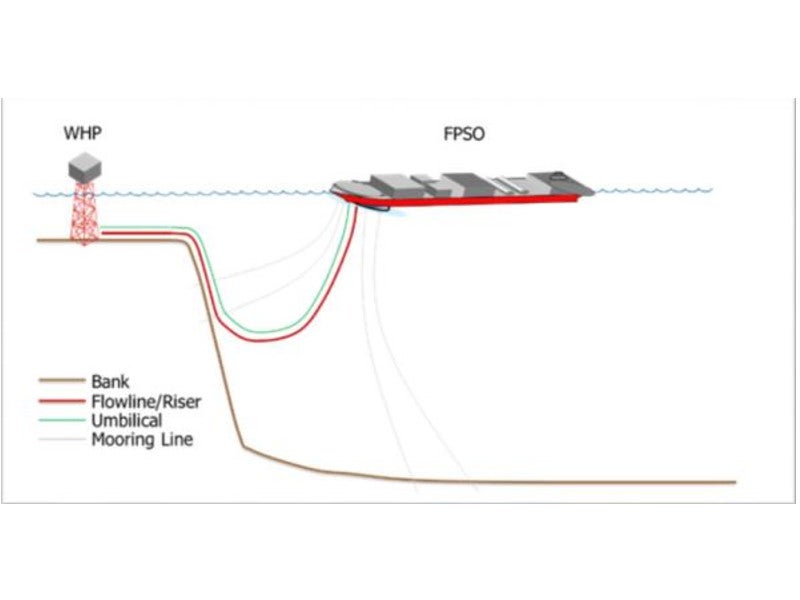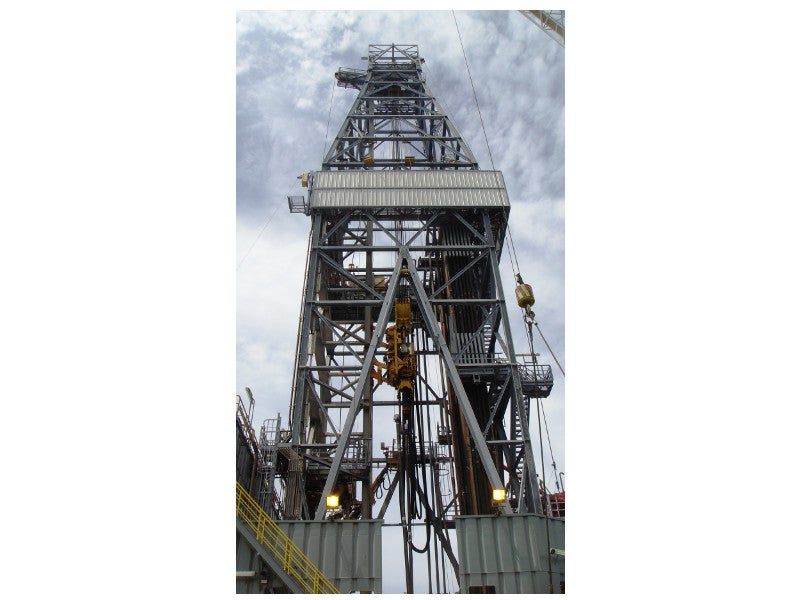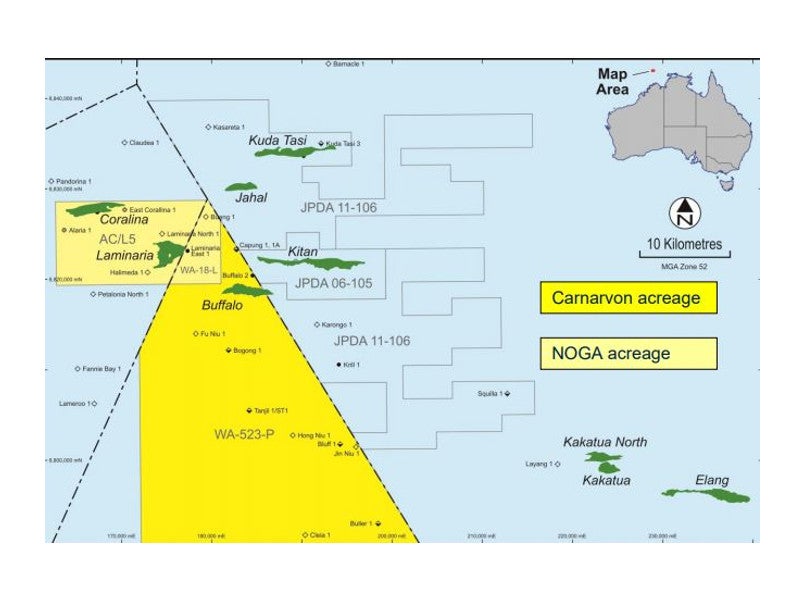The Buffalo oil and gas field is located in the WA-523-P exploration permit offshore Timor-Leste in the Timor Sea.
The field was previously owned by BHP, which commenced production in 1999. It produced 20.5 million stock barrels (Mstb) of under-saturated oil from four production wells, before being decommissioned in 2004. It is currently estimated to hold 2C contingent resources of 31 million barrels of oil equivalent (Mboe).
Carnarvon Petroleum acquired the WA-523-P permit in May 2016 and is currently redeveloping the field.
Redevelopment is expected to involve a capital expenditure of less than $150m and total operational expenditure between $400m and $500m. It is anticipated to generate $2.3bn in revenue
First oil from is expected in 2020.
Buffalo oil and gas field location and discovery
The Buffalo oil and gas field is located in the Bonaparte basin in the North West Shelf of Western Australia. It lies within Timor-Leste’s jurisdiction of the WA-523-P permit, a portion of which lies under Australian jurisdiction as per the Maritime Boundary treaty signed by the two countries in March 2018.
The WA-523-P permit also includes the Bluff-1 and Buller-1 wells and the Laminaria, Corallina, Kitan, Jahal and Kuda Tasi oil fields.
BHP discovered the Buffalo field with the drilling of the Buffalo-1 well in 1996. Oil reserves are located in the Elang formation of the field reservoir.
Appraisal of the Buffalo field
Following the acquisition of the Buffalo oil and gas field, Carnarvon utilised modern seismic technologies called Full Waveform Inversion to resolve seismic velocity issues that could not be corrected in the past.
The studies showed the presence of attic oil remaining after the original development. The data also confirmed clear definition around the Elang formation, with reservoir up-dip of the previous Buffalo-5 production well.
A field surveillance programme indicated no obstructions locating the wells in the surface.
Details of the redevelopment project
The Buffalo oil and gas field redevelopment plan includes the installation of a wellhead platform connected to a leased floating, production, storage and offloading (FPSO) vessel via a production pipeline and control umbilicals.
The new wellhead platform will be designed from the existing ICON WHP range, with topsides weighing approximately 50Te and equipped with a 20Te crane, safety equipment, manifold and piping.
The platform will be supported by a three-leg jacket featuring three conductors drilled and grouted through the jacket legs, which also serve as foundation piles. A small mudmat will also be part of the platform to withstand sandy geotechnical conditions.
As part of the development, field surveillance operations were undertaken in October 2018 establishing the potential locations for wells, the platform and flow line to the FPSO. Preparatory work on the field began in 2019.
The development plan also includes confirming the location of the reservoir attic and drilling of the Buffalo-10 appraisal and production well by 2020. Buffalo-10 well will be the first of the three production wells drilled to a water depth of 3,250m with a vertical well trajectory using a cost-effective jack-up rig.
The three production wells will be connected to the FPSO and are expected to produce 31Mboe in five years.
Contractors involved
DownUnder GeoSolutions was contracted to reprocess the seismic data for Carnarvon, while RISC Operations carried out an independent evaluation of the resources required for the field development plan.
Northern Oil & Gas collaborated with Carnarvon on a collaborative data sharing project for re-processing the seismic results in 3D dataset over the Buffalo field.




